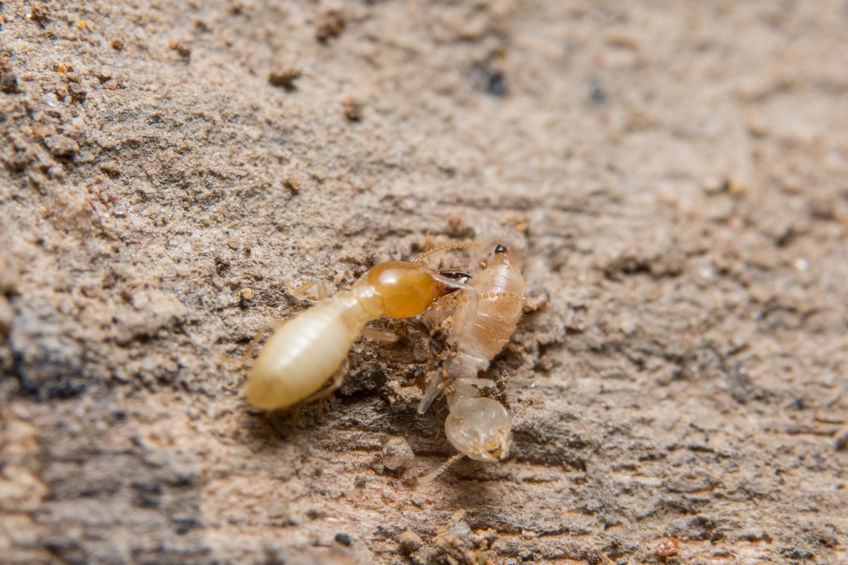Climate change is an undeniable global phenomenon. There is an abundance of evidence today that shows how the Earth’s climate is rapidly changing, and how this change is impacting its ecological balance. In 2018, the United Nations Intergovernmental Panel on Climate Change (IPCC) made a bold public statement that we only have until 2030 to prevent the worst impacts of climate change, post which most of the damage will be irreversible.
So far, we have learned that climate change is leading to the endangerment and degradation of a wide range of species. However, termites are not the same as native species such as koalas or polar bears, which are limited to one particular geographical ecosystem. Termites are an invasive species, which means that they can easily be introduced into a new geographical location. Climate change, coupled with urbanization is causing a decline in the number of native species on our planet. However, when it comes to invasive species, climate change is actually prompting and provoking them to expand and increase their global footprint.
A 2017 research titled ‘Invasive termites in a changing climate: A global perspective’ mentions that we are likely to see a steady increase in the economic and ecological damage caused by invasive termites due to the impact of climate change, increased urbanization, and other contributing factors. Termites are an adaptive species by virtue of them being invasive. They are easily able to travel and adapt to new locations. While they are geographically expanding, they are also actively laying their eggs and reproducing in more and more areas that may have never been privy to an infestation before. The research also notes that by 2050, most of the world’s termite invasion hotspots will be located in the tropics.
An interesting phenomenon to note is the potential effect that changing winter temperatures may have on termites. Termites require warm weather to survive, and therefore most termites die when temperatures drop below 9 degrees Celsius during North American winters. With the current and projected increase in winter temperatures, we may be able to see that a significant number of termites are actually able to survive winters altogether. Since termites are quite an adaptive species, they may be able to adjust to an increased range of winter temperature.
It is important to recognize the predicted impact of climate change on termites because it is a species that has a high probability of interaction with human beings and their economic interests. According to The United States Department of Agriculture (USDA), U.S. residents are believed to spend at least $1 billion annually on Formosan termite control. The actual figure in terms of money spent on termite control and money lost due to termite damage might be much more. In the future, with an increased global presence of termites, the economic burden on homeowners is likely to increase exponentially.
Wrapping Up
By understanding changes in infestation patterns and high-risk geographical locations, we may be able to take certain preventive measures to reduce the negative economic impact and health risks stemming from termite infestations. With that said, if you suspect any termite infestation in your home, do not wait further and contact pest control professionals to get rid of them for good.







